Dangjin Marine Tourism Organization (Sapgyo Hamsang Park) (당진해양관광공사 (함상공원))
13.2 Km 50115 2020-02-10
79, Sapgyocheon 3-gil, Dangjin-si, Chungcheongnam-do
+82-41-363-6960
Dangjin Marine Tourism Organization, also known as Sapgyo Hamsang Park, is a unique theme park where old battleships have been turned into experience and exhibition halls. The park is comprised of a themed exhibition hall focused on the navy and marines, the inside and outside of military ships, flights and other exciting facilities, including a 4D video room, game center, carnival plaza, and indoor entertainment facility to help children admire and become intimate with the Navy and Marines. Also, Hamsang Cafe provides another resting area to enjoy ones visit fully.
Yonghyeon National Recreational Forest (국립 용현자연휴양림)
13.8 Km 29151 2020-08-26
339, Maaesamjonbul-gil, Seosan-si, Chungcheongnam-do
+82-41-664-1978
Yonghyeon National Recreational Forest is situated in the heart of Yonghyeon Valley between the ridges of Gayasan Mountain around Seongmunbong Peak (alt. 678 m). The forest boasts splendid natural landscape. A hiking trail and loop trail through the forest are established along the ridges of the mountain and connect to the road leading to Seosan Farm, so hiking and walking are convenient and one can get a great view of the Yellow Sea in the distance. The valley waters are particularly clean and clear, and the forest features dense groves of oak trees. There are group accommodation facilities and forest education classes. For an educational and cultural excursion, visitors can also learn about the later Baekje period in a nearby education facility.
Moda Outlet - Haengdamdo Branch [Tax Refund Shop] (모다아울렛 행담도점)
14.5 Km 0 2024-04-22
276, Seohaean Expressway, Sinpyeong-myeon, Dangjin-si, Chungcheongnam-do
-
Seosan Gaesimsa Temple (개심사(서산))
15.1 Km 49163 2021-09-18
321-86, Gaesimsa-ro, Seosan-si, Chungcheongnam-do
+82-41-688-2256
Situated in a dense forest in Sangwangsan Mountain and 6 kilometers away from Haemi-myeon, Gaesimsa Temple is one of the four major temples in Chungcheongnam-do. The path from the parking lot to the temple site is quite remote and curved, but beautiful especially in spring when cherry blossoms are in full bloom.
The temple was built in 1484 during the 15th year of King Seongjong and designated as a Treasure. The architecture of the temple stands out, as the buildings use bent tree trunks for pillars.
House and Tomb of Kim Jeong-hui (추사김정희선생고택·묘)
16.6 Km 20028 2024-02-21
261, Chusagotaek-ro, Sinam-myeon, Yesan-gun, Chungcheongnam-do
This house and tomb are where Kim Jeong-hui (pen name: Chusa, 1786-1856), a Joseon-era scholar and artist, lived and was laid to rest. Chusa Memorial Hall and Chusa Experience Center are found next to the house. After studying in Qing China, Kim Jeong-hui served in multiple government posts. He is best known for his unique calligraphical style, which bears his courtesy name (Chusa), and many works of art that survive to this day. The Experience Center offers traditional art experiences inspired by Kim Jeong-hui’s works.
House of Chusa (추사고택)
16.7 Km 14764 2022-12-28
261, Chusagotaek-ro, Yesan-gun, Chungcheongnam-do
+82-41-339-8248
House of Chusa, Chusa Gotaek in Korean, is the traditional Korean house of the renowned scholar and calligrapher Chusa, also known as Kim Jeong-hui. This old house is known to have been constructed by the great-grandfather of Chusa, Kim Han-Sin.
The Korean-style house compound (266.11 m²) consists of munganchae (a guesthouse), soseuldaemun (a high gate), sarangchae (ㄱ-shaped men's quarters), anchae (ㅁ-shaped women’s quarters) and a shrine where the remains of Chusa are enshrined. Theㄱ-shaped Sarangchae stretches for one kan (traditional measuring unit) to the south and 2 kans to the east and is comprised of two rooms and a daecheongmaru (living area). The Anchae consists of a six-kan daecheongmaru and two one-kan rooms.
Located on the ground is a tomb where Chusa’s great-grandfather (Kim Han-Sin) and his wife (Hwasun Princess) are buried. Nearby, visitors will see a gate that was constructed to commemorate Princess Hwasun’s faithfulness to her husband.
Located approximately 600 meters to the north of the old house is a lacebark pine tree, which was designated as a Natural Monument. The lacebark pine tree, originally from northern China, is among the few of its kind in Korea. It is said that Chusa snuck the pine across the border from China (formerly, the Qing dynasty) into the country when he was 25 years old and planted it at the tomb of his great-grandfather. Originally, the tree had three branches, but two were broken and the third branch was damaged. In 1980, the damaged branch was treated and since then, the tree has been kept under strong protection.
Yesan Hwaamsa Temple (화암사 (예산)
17.4 Km 7473 2020-04-04
21-29, Yonggung 1-gil, Yesan-gun, Chungcheongnam-do
+82-41-332-9250
Hwaamsa Temple is located near Joseon dynasty's scholar and writer Kim Jeong-hui's, also referred to his pen name Chusa, house. The temple has ties with the ancient writer, as the temple is known to have been repaired and renovated by Kim Jeong-hui's great grandfather. There are no records that explains the foundation of Hwaamsa Temple, and only a timeline of its reconstruction can be found in "Records of Hwaamsa Temple Restoration" plaque, which is displayed in Sudeoksa Temple Museum. The timeline was recorded by Kim Myeong-hee in 1848, and written by Kim Seong-hee, and carved by Cho Seok-shin. The name "Hwaamsa" was given by King Yeongjo (r. 1724-1776).
Monte Bianco (몬테비안코)
18.3 Km 5703 2024-03-19
73, Pyeongtaekhangman-gil, Poseung-eup, Pyeongtaek-si, Gyeonggi-do
+82-31-8053-7777
Monte Bianco is a restaurant on the 15th floor with a great view of Pyeongtaek Port and the Seohaedaegyo Bridge. Its signature menu is the Live Lobster Special, which includes the house wine. Monte Bianco is housed in a rotating glass cylinder, so one reaches a full circle in 3 hours as one dines. Don’t miss the beautiful sunset beyond the Seohaedaegyo Bridge.
Seosan Gayasan Mountain (가야산(서산))
18.7 Km 39486 2022-11-17
Sansu-ri, Seosan-si, Chuncheongnam-do
+82-41-662-2113
Gayasan Mountain has easy and enjoyable hiking trails connecting Gayabong Peak, the main peak, with other peaks and mountains, namely Wonhyobong Peak (677 m), Ogyangbong Peak (621.4 m), Illaksan Mountain (521.4 m), Sujeongbong Peak (453 m), and Sangwangsan Mountain (307.2 m). The trails are as easy and suitable for all hikers including the elderly and young hikers. A distant view of the west sea is even visible from the top of the mountain. Gayasan Mountain offers amazing scenery all year round, most notably in spring when azaleas, royal azaleas, and an array of wildflowers are in full bloom.
The mountain also contains the Seosan Rock-carved Buddha Triad (National Treasure), which is considered the best rock-carved Buddha from the Baekje period. The mountain is also home to Bowonsa Temple Site, Gaesimsa Temple, and Illaksa Temple. With one National Treasure, six Treasures, and four cultural heritages preserved on the mountain, it is safe to say that Gayasan Mountain is the heart of Naepo Culture Zone (northwestern region of the province of Chungcheongnam-do), making the entire mountain a cultural asset.
Deoksan Hot Spa District (덕산온천지구)
18.7 Km 21561 2020-05-27
Deoksan-myeon, Yesan-gun, Chungcheongnam-do
+82-41-339-7303
Deoksan Hot Spa is conveniently in Sadong-ri, Deoksan-myeon, Yesan-gun, Chungcheongnam-do, only one and a half hours away from Seoul. The spa resort’s hot springs have been known for their efficacy ever since the Joseon dynasty (1932-1910) and the 45℃ germanium water is widely known for its health benefits. The region has been home to major spa resorts since 1917.
Nearby tourist attractions include Chunguisa Temple, which enshrines the spirit of Patriot Yun Bong-Gil, and Sudeoksa Temple, a training site for Buddhist nuns. Within the spa district are 9 major spa facilities, approximately 50 hotels, and numerous restaurants.
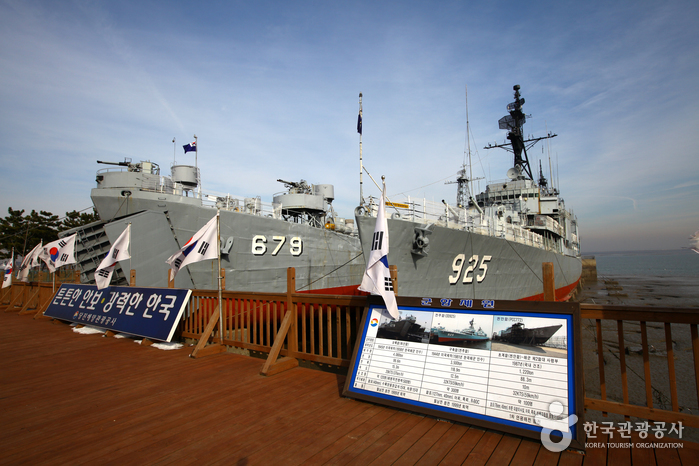
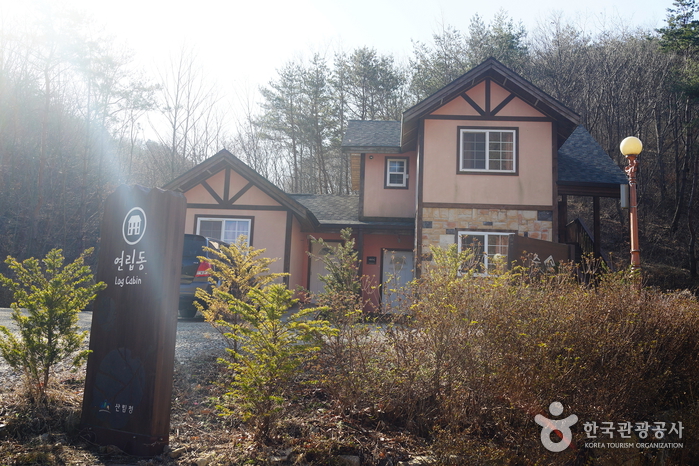
![Moda Outlet - Haengdamdo Branch [Tax Refund Shop] (모다아울렛 행담도점)](http://tong.visitkorea.or.kr/cms/resource/10/2883310_image2_1.jpg)
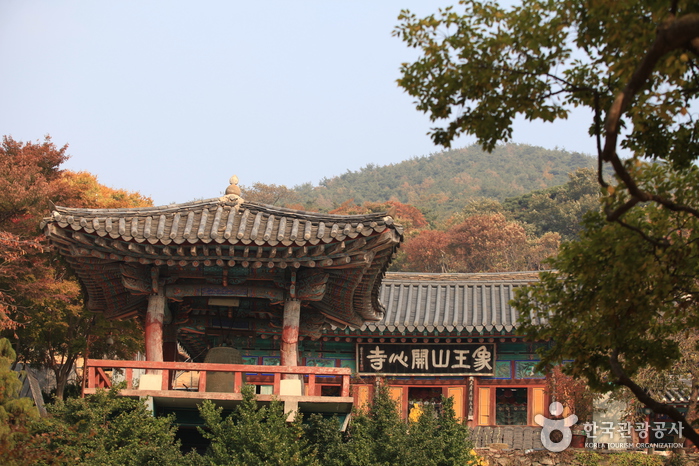

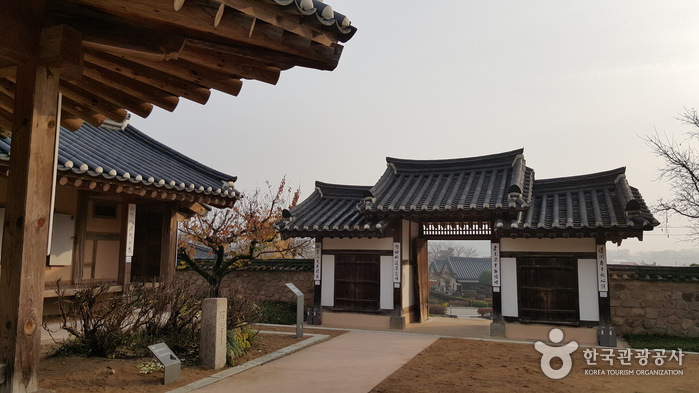
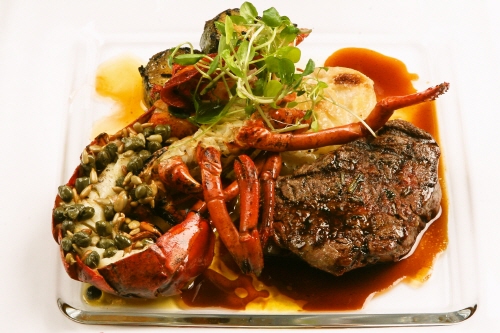
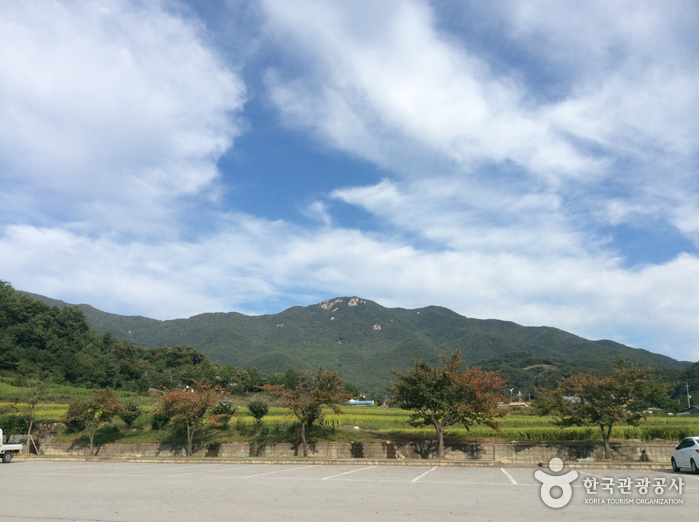
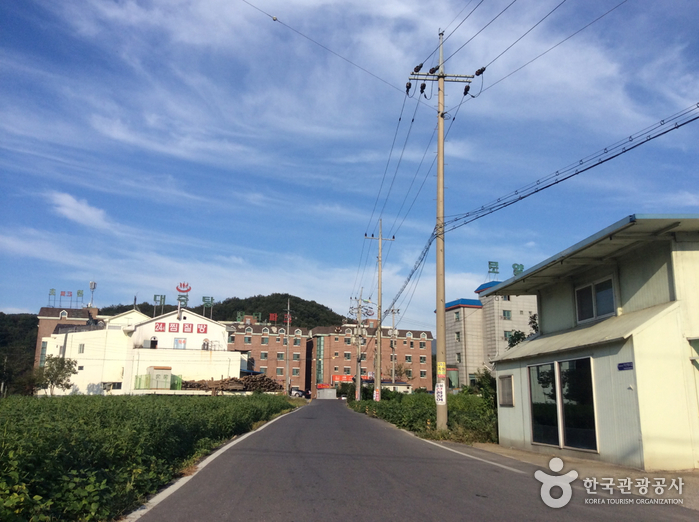
 English
English
 한국어
한국어 日本語
日本語 中文(简体)
中文(简体) Deutsch
Deutsch Français
Français Español
Español Русский
Русский